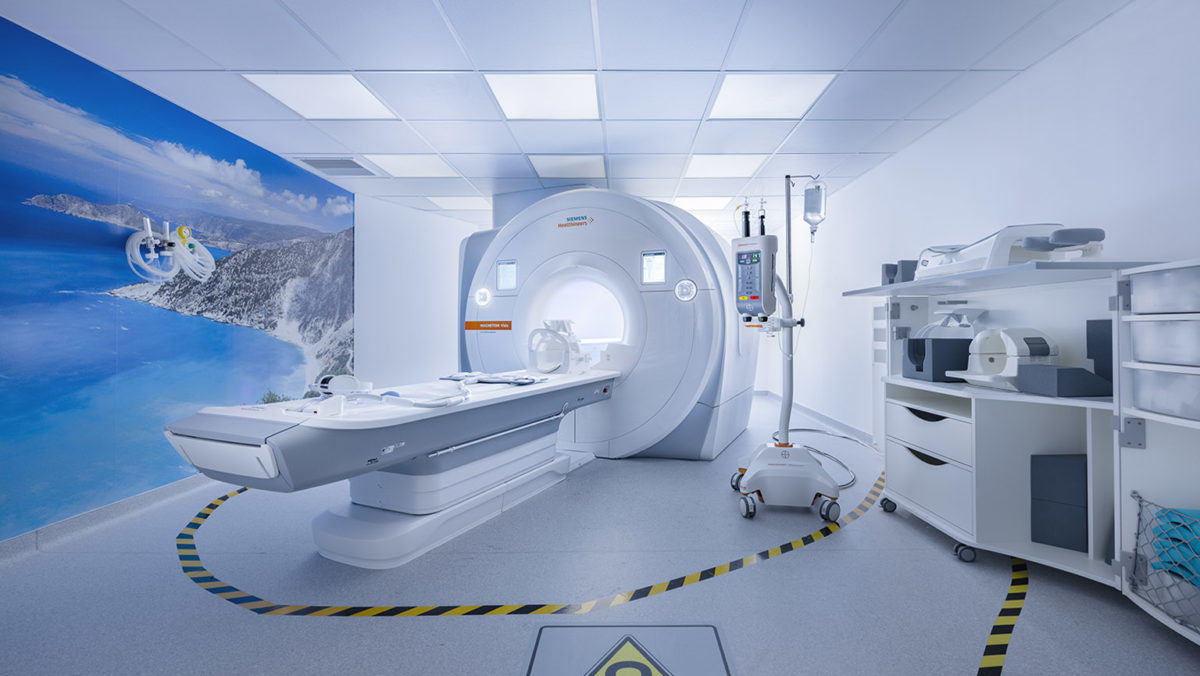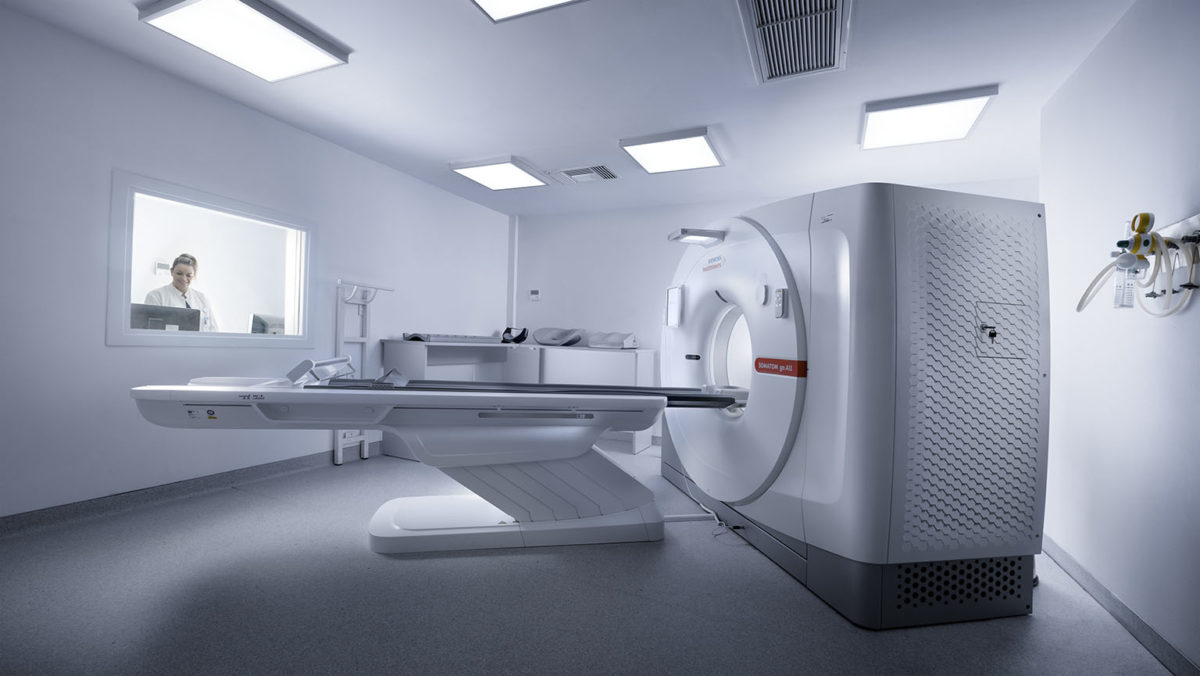
Centers of Excellence


High quality diagnostic examinations in newborns and children up to 16 years of age.
The entire range of pediatric diagnostic examinations is offered by the MITERA Children’s Hospital Pediatric Imaging Department which covers the imaging needs of all pediatric patients, from neonates to 16-year-olds. The Department also performs Fetal MRIs.
The staff consists of 6 specialized radiologists, 14 radiographers, 2 nurses and secretaries.
The diagnostic exams include ultrasounds, conventional radiographs, fluoroscopic studies (micturating cysteourographies, upper GI studies, enemas, etc), fluoroscopic video swallowing studies, CT scans and MRIs. Apart from the outpatients, the Department also covers the imaging needs of inpatients (neonates, infants and pediatric patients) of MITERA Hospital’s clinics and ICUs.
Multiple examinations are performed in the Pediatric Imaging Department, with aim to reach the accurate diagnosis in various medical conditions which affect neonates, infants and Children:
• The equipment includes state-of-the-art devices, adjusted to the imaging needs of young patients, both in terms of aesthetics and technology. The protocols applied are based on the international pediatric imaging guidelines. All contemporary pediatric imaging guidelines are followed, through continuous education and updates; the key aim is reliable diagnosis, with as low as possible biological and psychological burden on the young patients. Low-dose protocols designed for children and based on the international radiation protection guidelines for pediatric patients (ALARA, Image Gently) are in place for all examinations requiring ionizing radiation (conventional & specialized radiographs and CT scans).
• Furthermore, the picture archiving and communication system (PACS) was launched in 2009 and was integrated in all Departments in 2011, so that all test results are since digitally archived, with the option of retrieval and digital transfer.
• Conventional Pediatric Radiology Department: It is equipped with a Siemens YS10 digital X-ray machine, a Siemens ICONOS R-200 digital fluoroscopy machine and two portable Siemens POLYMOBIL PLUS SN 21345 and SN 21344 X-ray machines.
• Pediatric Ultrasound Department: It is equipped with a GE LS6 unit and two portable F2-GE units.
• CT Department: It is equipped with a latest-generation Siemens Sensation 64-slice CT scanner.
• MRI Department: It is equipped with a high-field (1.0T) open-type Philips Panorama MRI scanner, which offers high-quality images in an Ambient Experience environment. Prior to the examination, children may play with a toy simulator, to better understand and accept the examination procedure, performing themselves examinations on special dolls and watching a relative story unfold on TV.
• The open MRI scanner offers children the possibility of visual and physical contact with their parents/guardians during the examination. Moreover, the Ambient Experience environment creates a friendly and relaxed atmosphere during the examination, projecting cartoons and playing music.
• It is also possible to have pediatric tests performed at HYGEIA Hospital, i.e CT scans, MRI scans and PET-CT scans and nuclear studies.